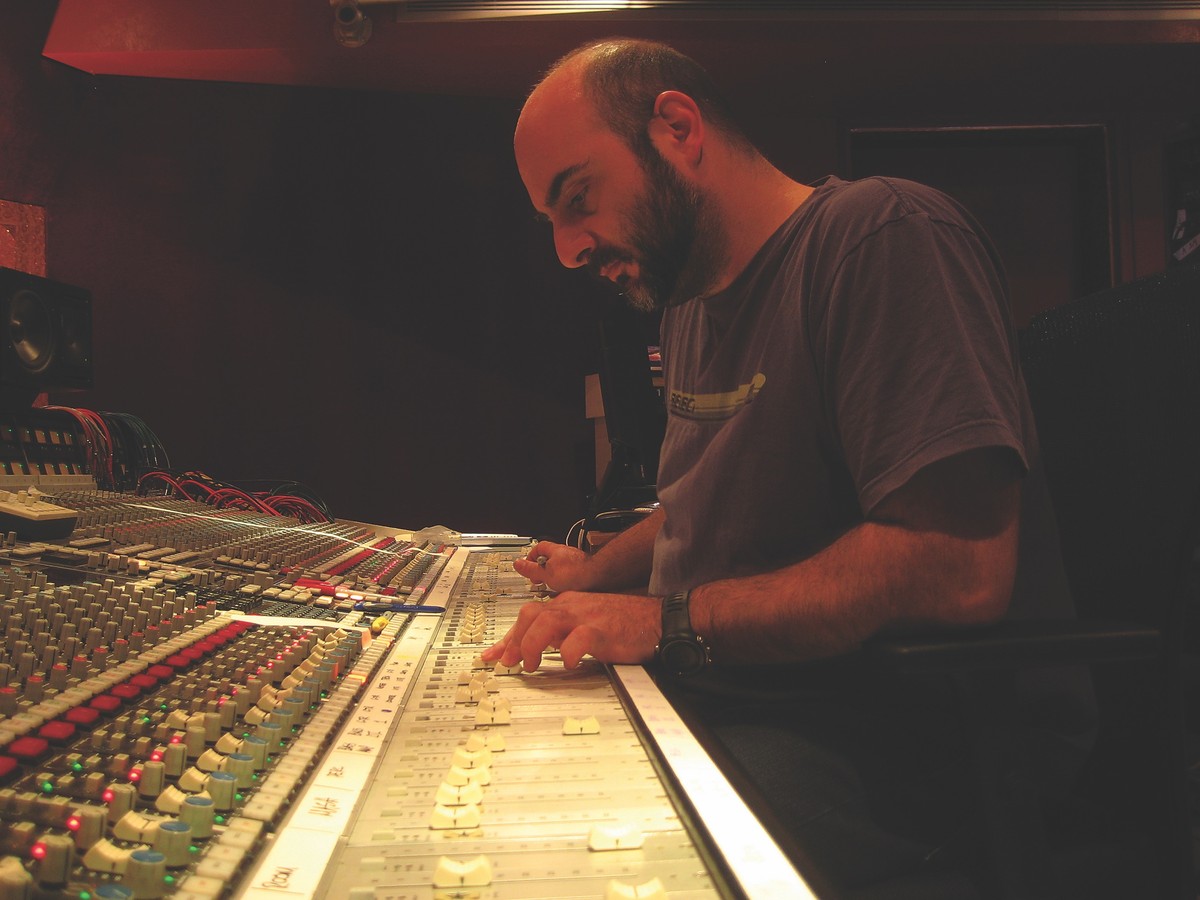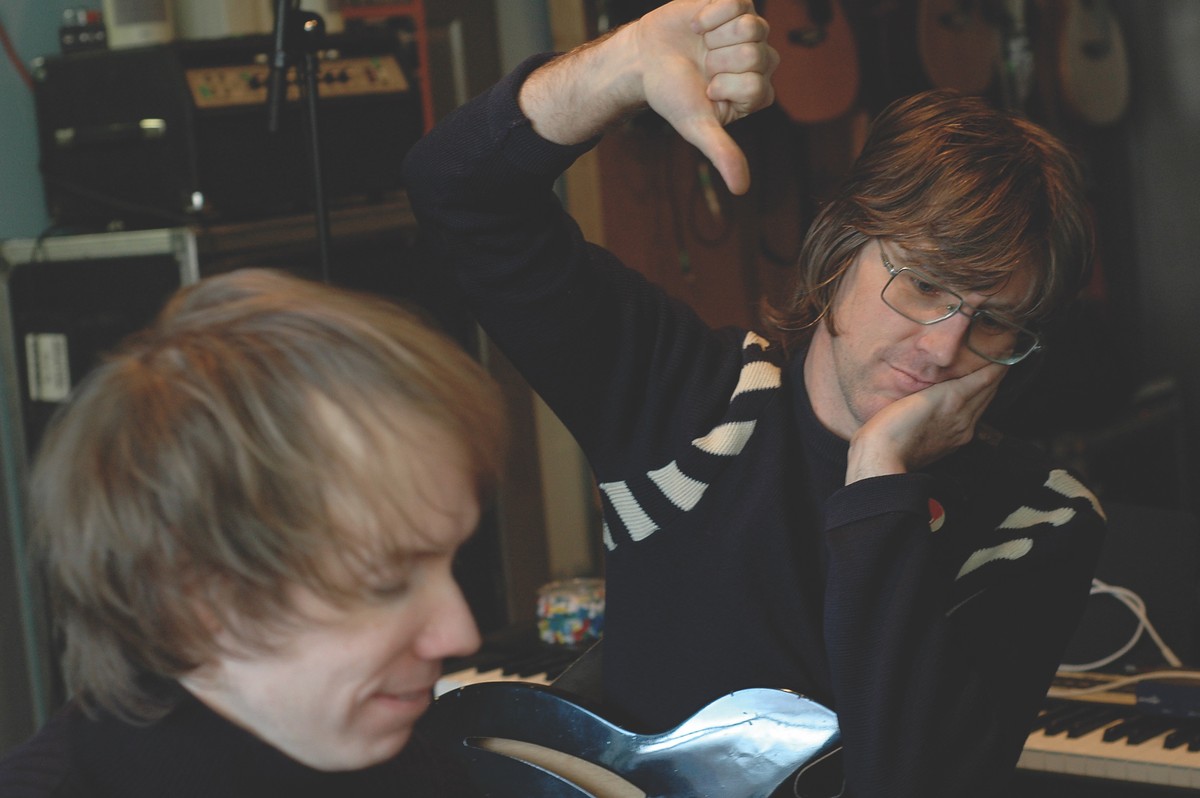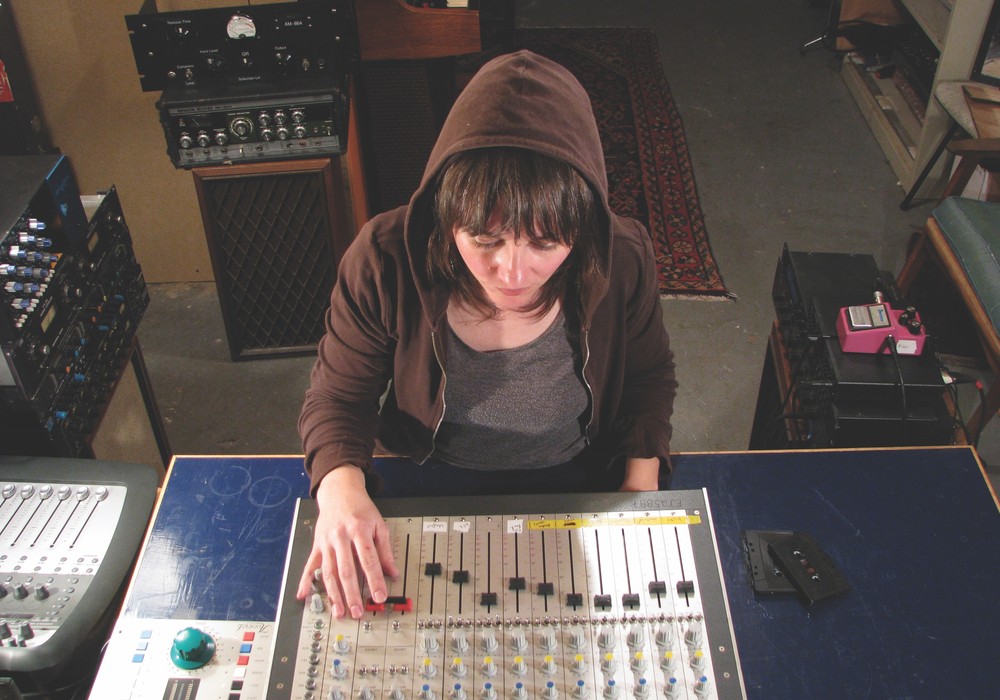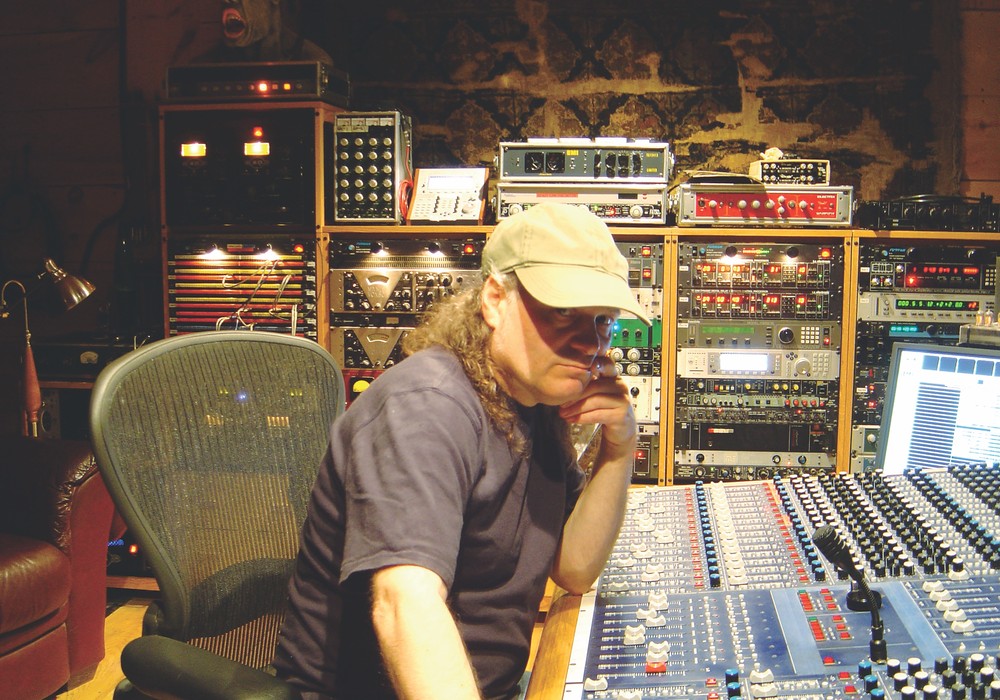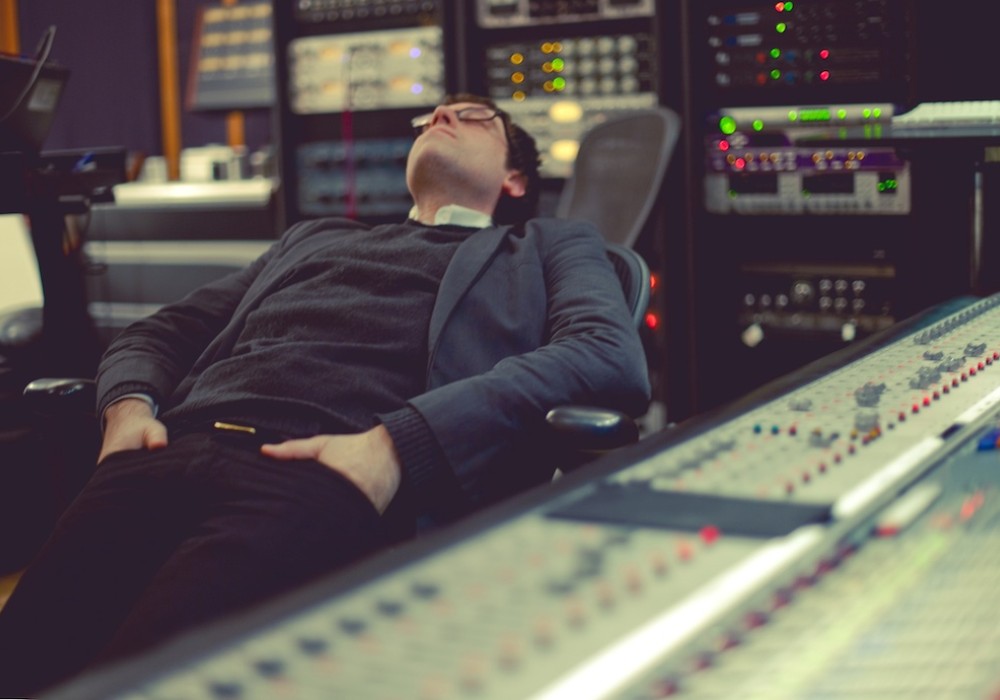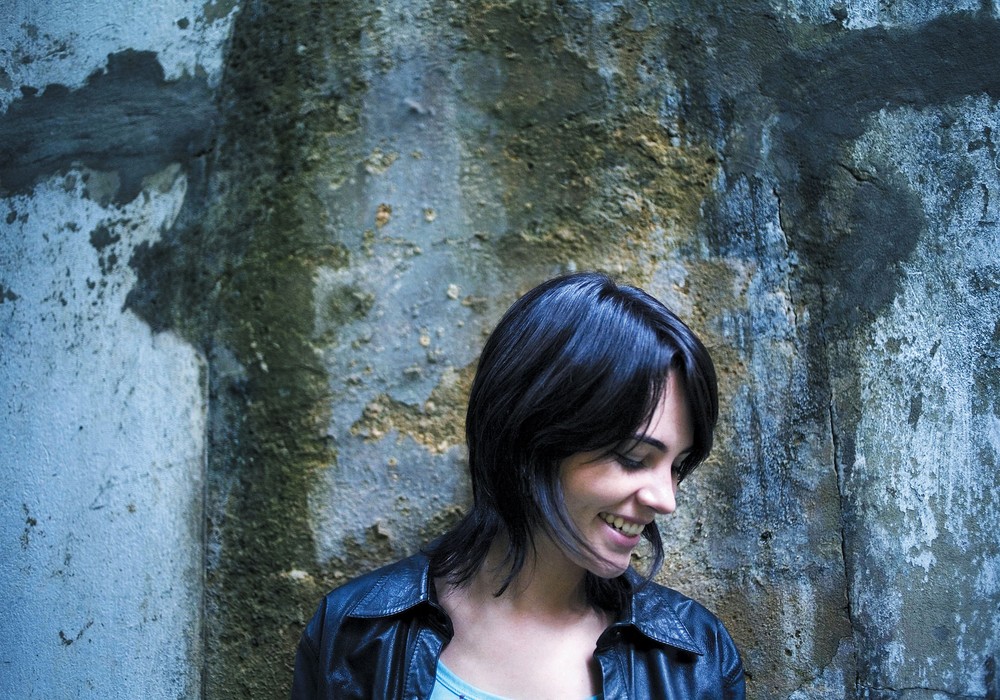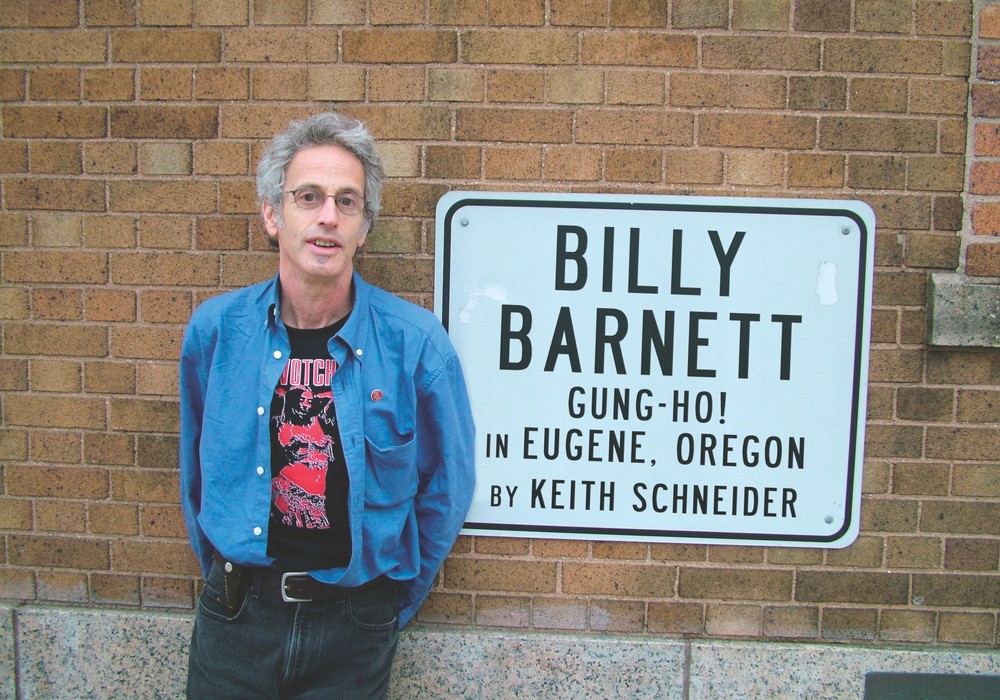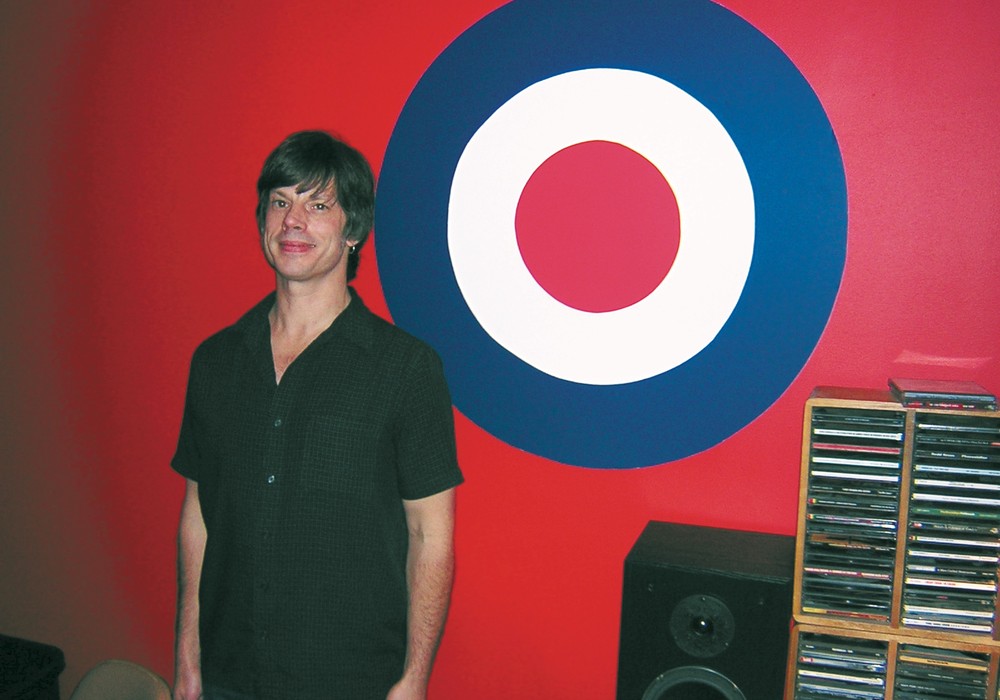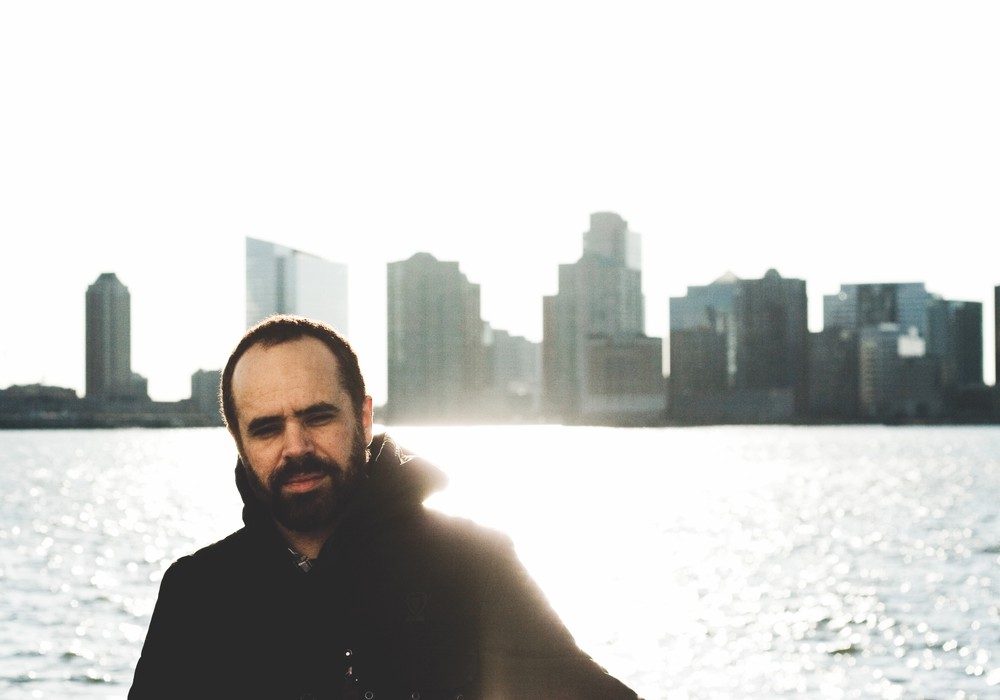When Canadian rock band Sloan hit American college radio in 1992, even they might have been surprised to know that they would still be going stronger than ever in 2008. Since their debut album, Smeared, they have released album after album of perfect pop music. AC/DC riffage lives comfortably beside Beatle-esque melodies and vocal harmonies that would make The Zombies jealous — oftentimes in the same song. The band is comprised of equal members in Chris Murphy, Jay Ferguson, Andrew Scott and Patrick Pentland. They all sing, handle multiple instruments and are four distinctive songwriters — something few bands can claim. Sloan began in the early 1990s playing music in the maritime city of Halifax, Nova Scotia. They later moved to Toronto, where they continue to reside today. In many ways they have the best of both worlds: in Canada they are considered a national treasure, opening for such heavyweights as The Police and The Rolling Stones. In the U.S. they are a solid drawing indie band, regularly packing venues ranging from small, local clubs to New York's Bowery Ballroom. Through their very respectable career, they have remained hard working and ever dedicated to their craft. I sat down with Chris Murphy and Jay Ferguson to discuss the recording of Never Hear The End Of It (NHTEOI), as well as their upcoming ninth album, Parallel Play.
What were the first records that made you aware of the recording process?
C: The Jellyfishbabies! They made a record when we were still in high school.
J: They had a record out by 11th grade. I just remember being so impressed. It was expensive to put out a record back then [1985].
C: They recorded it at Centre For Art Tapes in Halifax, Nova Scotia [www.centreforarttapes.ca]. We ended up recording there too. Jay and I were in a band before Sloan called Kearny Lake Road.
J: That was our first real experience in a studio. It wasn't super high fidelity.
What was your first experience that brought the recording process into focus?
C: Well, I remember that it made my vocals sound awesome when doubled. That was an eye opener. Prior to that I felt really smart when I started planning out what I was going to do ahead of time. Going from 4-track to a real studio was a sad process of going from feeling like I knew how to do everything to feeling like I didn't know how to do anything. I really appreciate the professionals involved. I know enough to realize that they really know what they're doing.
J: We did the Kearny Lake Road recording at Centre For Art Tapes. We did the second one in Chris' basement with a 4-track. We thought the 4-track stuff sounded better than the first record, even though it sounded rougher. It made me realize that you can make something cool, even at home.
C: I would say this is well before we ever touched a compressor or a limiter. We just used the natural compression of the 4-track.
J: But not knowing what made it sound good. Not having the concept of "this is compressed."
What 4-track did you use?
C: I had a Tascam with six inputs. I had another 4-track prior to that though. It was stolen out of a car. For better or worse, the next record was done in an actual studio with a guy who loved reverb. Naturally there was a lot of reverb on that album!
J: It was done in 1989, in Fredericton, at Reel North Recording. It was in someone's home — a guy named Lloyd Hanson. He was in cahoots with a label called DTK, who wanted to put out our record. A guy named Peter Rowan, and his wife Dawn ran DTK. Peter went on to co-manage Sloan in the early days, and he also worked with Eric's Trip.
C: The record we made with Lloyd sounded slicker. J: We wanted to use reverb to sound like Fugazi's [13 Songs]. He was like, "Yeah, I can make you sound just like that." Of course it didn't. Those Fugazi records were so huge sounding, and we were recording in a tiny room that was dead. I like dead rooms now, but at the time we wanted that huge sound and digital reverb wasn't the same thing. That was a good learning experience.
What was the best recording experience you've ever had?
C: The last record [Never Hear the End of It]. We're still working on the new one [Parallel Play] and that's going well too.
J: We set up our practice space to record. Now we have no time constraints. We can experiment with drum sounds. If we waste an afternoon, who cares?
C: I'd much rather have [more] time than fidelity. Another good experience was making our first record, Smeared. We felt like we were a part of something big happening. Nirvana and My Bloody Valentine were making records that we loved. We felt they probably had influences similar to ours. Our next record, Twice Removed, seemed like it was going to be exciting. We had major label money and we were in New York City, but I hated the whole process. I hated receiving the money up front for a product we were supposed to create to make people happy. I hated working with [producer] Jim Rondinelli. New York was great but everything was so expensive. I wanted to live cheap so we...


